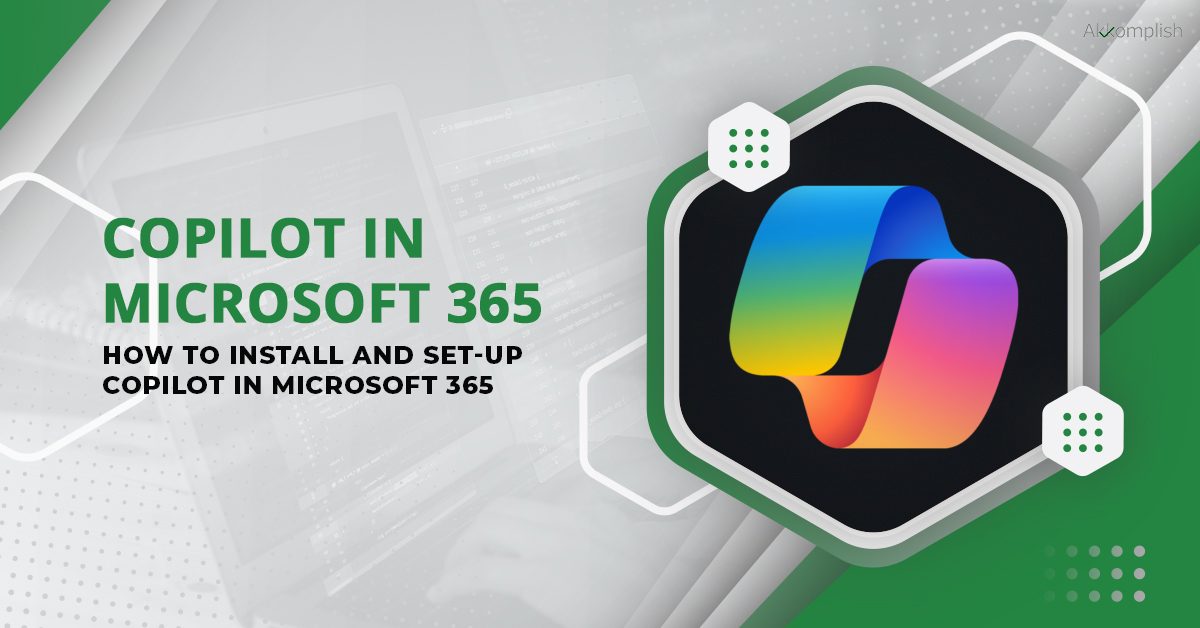
Akkomplish is a global business solution and service provider for your business transformation needs and facilitating holistic organizational growth with impeccable standards.
Call Us: +1 - 980 347 3323
Email: info@akkomplish.com
Akkomplish USA LLC
155 Gibbs St 4th Floor, Rockville Maryland 20850 United States
Copilot in Microsoft 365


Source: https://learn.microsoft.com/en-us/microsoft-365-copilot/extensibility/
Before you choose to implement Copilot for Microsoft 365 suite, the IT team in your organization must address several crucial aspects. Primarily, organizations must address the security and privacy implications that are associated with the usage of Microsoft Copilot. It's vital to ensure that users access only the data necessary for their individual roles in the organization. The IT team should employ best practices and tools to prevent over-sharing of data, by maintaining access controls that do not impede user productivity.
Moreover, to improve the effectiveness of Copilot, the IT team must work on eliminating redundant and outdated data. They must clean and organize the data to enhance the experience of the end-users. Implementing practices such as standardizing file names and tagging files with descriptive keywords can also contribute to a more efficient use of Copilot.
Generally speaking, organizations should be mindful of data governance and maintain compliance when using Copilot.
Administrators can also log into the Microsoft 365 setup wizard and use Copilot. This setup wizard can be found under the Licenses section. License management can also be accessed from the admin center under Billing > Licenses.
After licenses have been successfully assigned, users will be able to access Copilot across all their Microsoft 365 applications and services.




